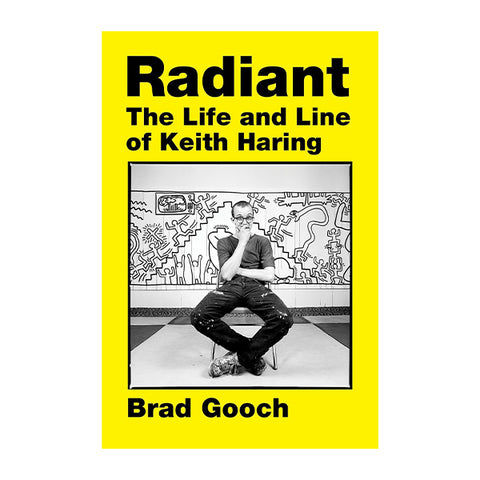In the 1980s, the subways of New York City were covered with art. In the stations, black matte sheets were pasted over outdated ads, and unsigned chalk drawings often popped up on these blank spaces. These temporary chalk drawings numbered in the thousands and became synonymous with a city as diverse as it was at war with itself, beset with poverty and crime but alive with art and creative energy. And every single one of these drawings was done by Keith Haring.
Keith Haring was one of the most emblematic artists of the 1980s, a figure described by his contemporaries as “a prophet in his life, his person, and his work.” Part of an iconic cultural crowd that included Andy Warhol, Madonna, and Basquiat, Haring broke down the barriers between high art and popular culture, creating work that was accessible for all and using it as a means to provoke and inspire radical social change. Haring died of AIDS in 1990. To this day, his influence on our culture remains incontrovertible, and his glamorous, tragically short life has a unique aura of mystery and power.
Brad Gooch, noted biographer of Flannery O’Connor and Frank O’Hara, was granted access to Haring’s extensive archive. He has written a biography that will become the authoritative work on the artist. Based on interviews with those who knew Haring best and drawing from the rich archival history, Brad Gooch sets out to capture the magic of Keith Haring: a visionary and timeless icon.
- 512 pages
- 6 x 1.37 x 9 inches
- hardcover
- by Brad Gooch


